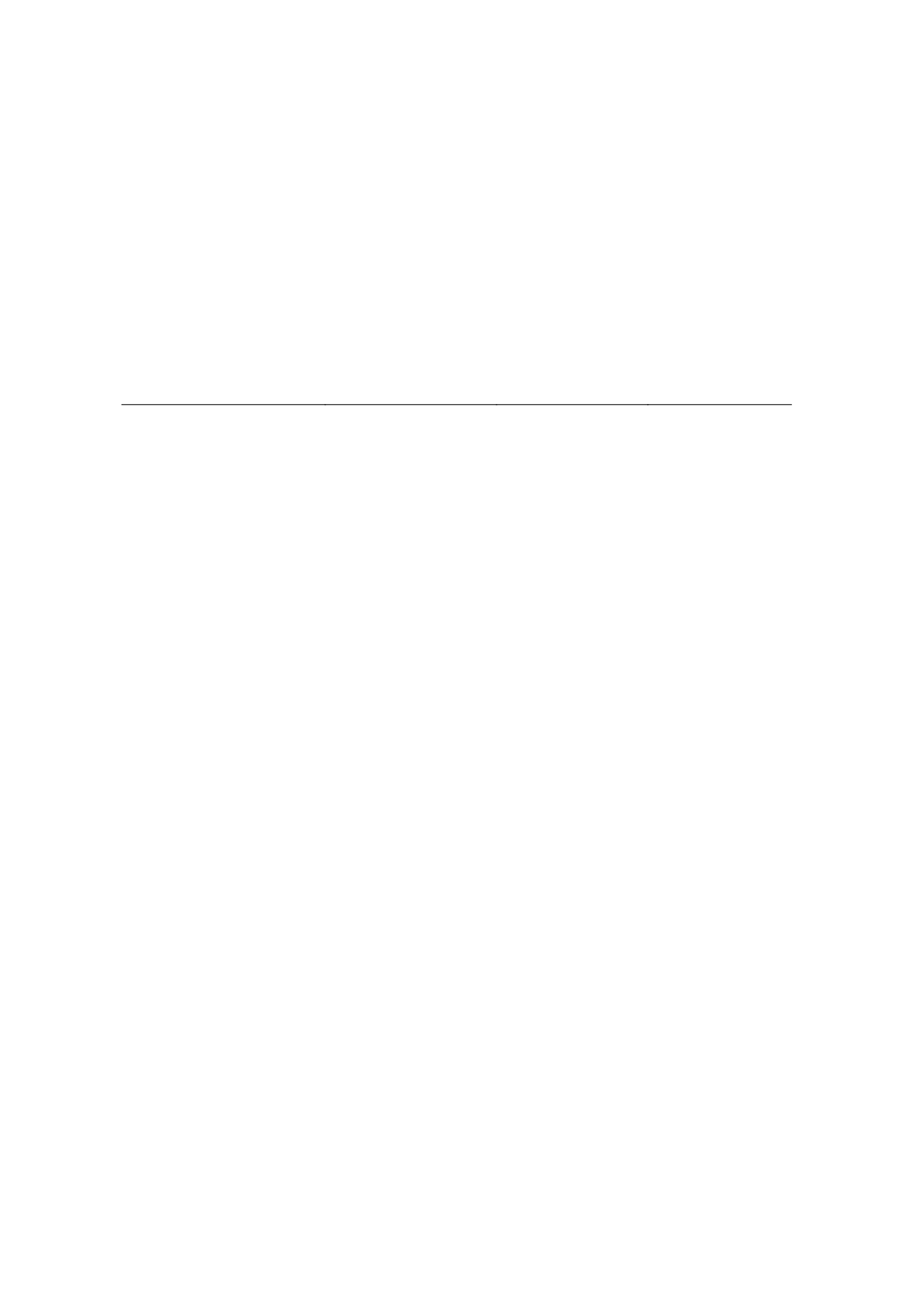

148
(0.0651)
(0.0747)
(0.418)
KP
-0.417***
-0.264***
-0.579***
(0.0134)
(0.0202)
(0.0349)
Sindh
-0.504***
-0.520***
-0.583***
(0.0133)
(0.0191)
(0.0356)
Constant
-2.137***
-2.164***
-2.076***
(0.0213)
(0.0334)
(0.0530)
Observations
163,446
64,138
32,279
Note:
*the base category of school type is ‘private’ and Punjab for the regional controls. Robust standard errors
are denoted in parentheses. *** p <0.01, ** p<0.05, *p<0.1, regression is conditional on being enrolled in school
3.3.5.
Stakeholder perceptions of education quality
Interviews were conducted from relevant personnel working at public and private institutions,
NGOs, INGOs, donors and other relevant parties from Lahore (Punjab), Islamabad (Punjab) and
Karachi (Sindh). A total of 18 interviews were conducted. Of these, 10 were from Senior
Management and 8 were frommid-management. Along with this, the same questionnaires were
administered to head-teachers and subject teachers at 2 high performing and 2 low performing
schools, further segregated on the basis of urban and rural presence.
90% of the respondents defined quality of education as a measure of student learning outcome.
Effective school leadership, frequent monitoring of learning and teaching, and less turn out of
teachers were chosen as the most-oft used responses and were therefore considered as an
important feature of an effective school. For an effective school head-teacher and teacher,
motivation was the most common attribute selected by a majority of the respondents along with
the need to focus on improving learning practices. All respondents were of the view that head
teacher/principal along with subjects teachers are equally important for student learning. On
identification of barriers to quality education at primary and secondary level, a lack of school
leadership, lack of teacher motivation, medium of instruction, lack of facilities and a dearth of
good teachers were highlighted as the most common factors perceived to contribute to poor
quality schooling at both the primary and secondary education levels.
A majority of the respondents were also of the view that inequality in the education system
exists mostly along gender domains, between students attending different types of institutions
(private versus public) and the least amongst rural and urban students (government schools
only). The respondents, however, believed that learning gaps have widened between high and
low performing schools, amongst the rich and the poor and along gender lines mainly because
of frequent posting of teachers, access poverty and a lack of facilities in schools for female
students respectively. They also believed that funding for primary and secondary schools is not
adequate and it should be increased particularly in providing further inputs and for ICT
provision. Interviews were conducted from government officials and head teachers/teachers
from government school but responses for both the groups on quality of education were more
or less the same. However teachers were also of the view that funding should be increased in
the areas of training andmaterial development for teachers and reducing the class size by having
more teachers.
















